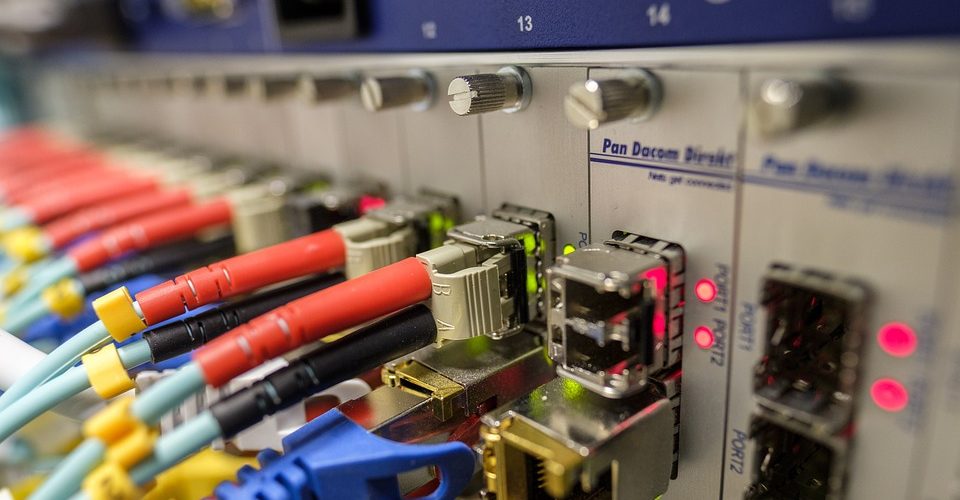Submarine optic cables play a crucial role in today’s interconnected world, enabling the transmission of vast amounts of data across continents and oceans. These cables are the backbone of the global internet infrastructure, carrying the majority of international data traffic.
But have you ever wondered how these cables make their journey from the seabed to your screen? The process is fascinating and involves a series of complex steps to ensure that data can travel seamlessly and quickly around the world.
The journey begins with the laying of the submarine optic cables on the seabed. This is a highly specialized operation that requires precision and expertise. The cables are first manufactured on land, where they are loaded onto cable-laying ships. These ships then sail to the designated location where the cables will be laid.
Once at the site, the cable-laying ship deploys a remotely operated vehicle (ROV) to carefully lay the cables on the seabed. The cables are then buried under the ocean floor to protect them from external damage, such as fishing activities or natural events like underwater landslides.
After the cables are securely laid on the seabed, they are connected to onshore data centers and telecommunication networks. This is where the data is transmitted and received, allowing for seamless communication across continents.
The data transmitted through submarine optic cables travels at the speed of light, enabling fast and reliable communication between different parts of the world. These cables are capable of transmitting terabytes of data per second, making them essential for modern-day communication and information exchange.
The journey of submarine optic cables from the seabed to your screen is a remarkable feat of engineering and technology. It involves the collaboration of various stakeholders, including cable manufacturers, ship operators, and telecommunication companies, to ensure that data can travel safely and efficiently across the globe.
In conclusion, submarine optic cables are essential for enabling global connectivity and communication. The journey of these cables from the seabed to your screen is a complex and fascinating process that highlights the importance of modern technology in keeping the world interconnected. Next time you browse the internet or make a call to someone on the other side of the world, remember the incredible journey that submarine optic cables take to make it all possible.








